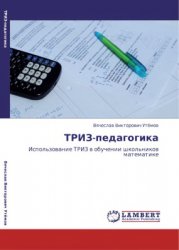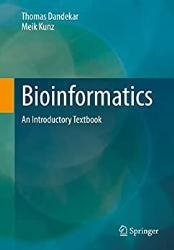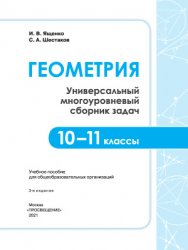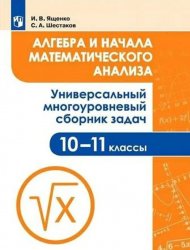 Название
Название: Fuzzy Graph Theory: Applications to Global Problems
Автор: John N. Mordeson, Sunil Mathew, G. Gayathri
Издательство: Springer
Серия: Studies in Fuzziness and Soft Computing
Год: 2023
Страниц: 265
Язык: английский
Формат: pdf (true), epub
Размер: 24.1 MB
This book examines some issues involving climate change, human trafficking, and other serious world challenges made worse by climate change. In the fuzzy graph theory part of the book, the relatively new concepts of fuzzy soft semigraphs and graph structures are used to study human trafficking, as well as its time intuitionistic fuzzy sets that have been introduced to model forest fires. The examination of return refugees to their origin countries is undertaken. The neighborhood connectivity index is determined for trafficking in various regions in the world. Outside the area of fuzzy graph theory, a new approach to examine climate change is introduced. Social network theory is used to study feedback processes that effect climate forcing. Nonstandard analysis is a possible new area that could be used by scholars of mathematics of uncertainty. A foundation is laid to aid the researcher in the understanding of nonstandard analysis. In order to accomplish this, a discussion of some basic concepts from first-order logic is presented as some concepts of mathematics of uncertainty. An application to the theory of relativity is presented. It is well-known that the use of fuzzy logic is an ideal way to model situations described linguistically.




 Название: Bioinformatics: An Introductory Textbook
Название: Bioinformatics: An Introductory Textbook



 Название: Fuzzy Graph Theory: Applications to Global Problems
Название: Fuzzy Graph Theory: Applications to Global Problems